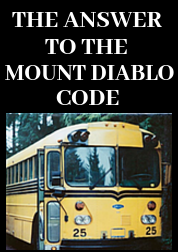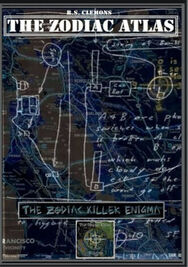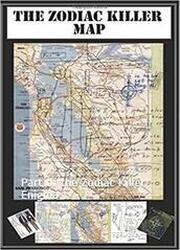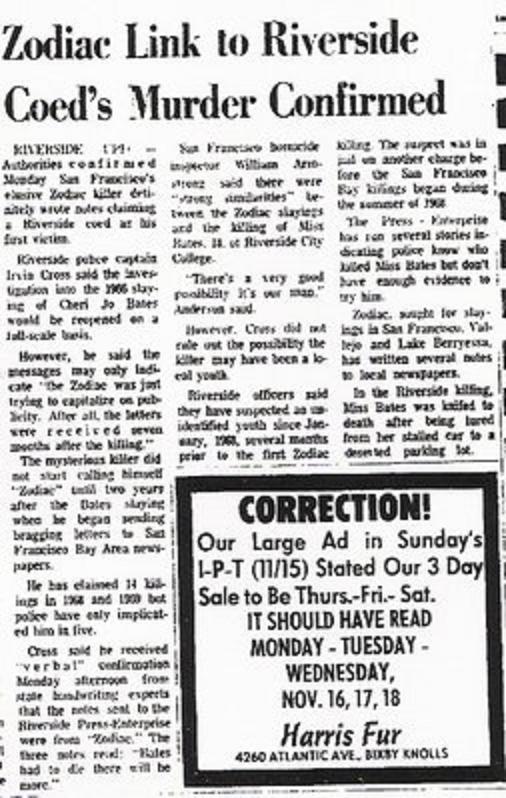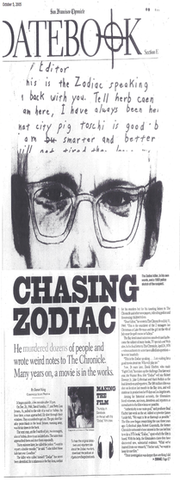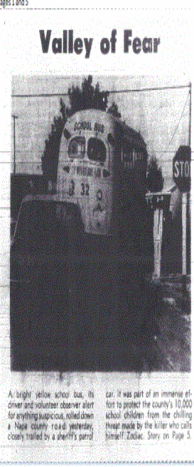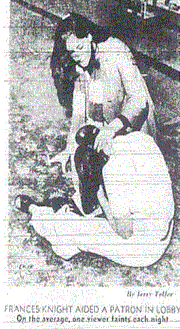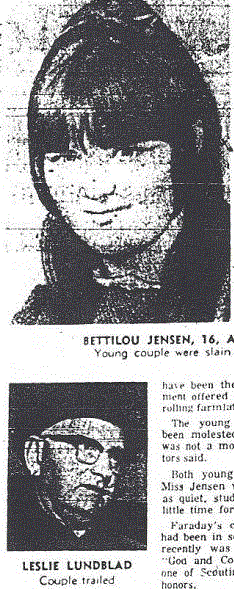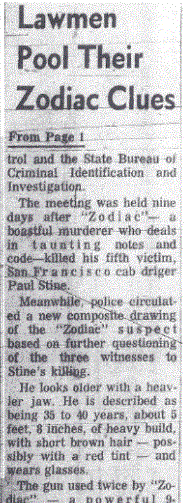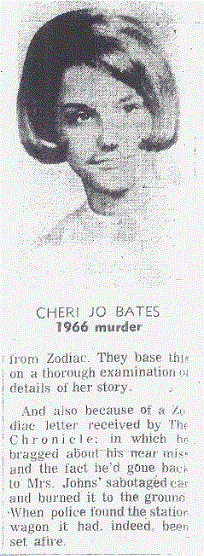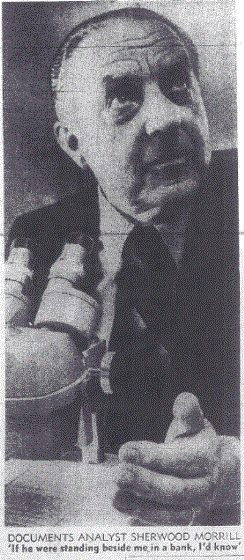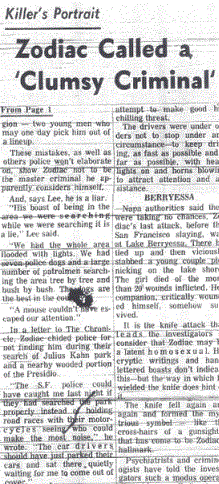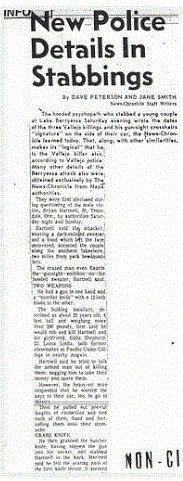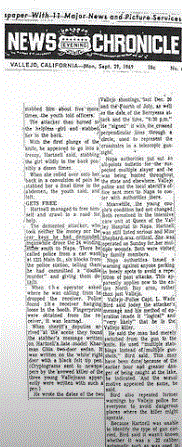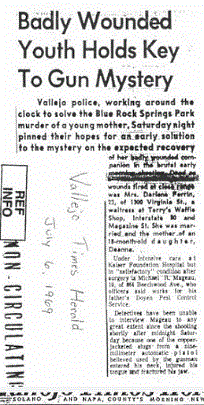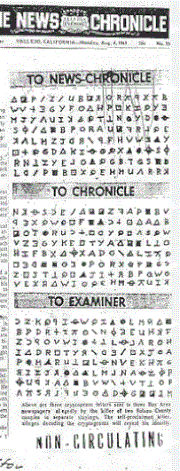
The amount of cells required can be as small as a millionth the size of a grain of salt. This DNA can be harbored from skin cells stuck to the back of the envelope or stamp, or from the pasted newspaper cuttings from the 13-Hole postcard, the Pines card or the Halloween.card This has been achieved before in cold cases.
Low Copy Number (LCN) was developed in 1999 by the UK Forensic Science Service, but has not been adopted by all countries due to the risk of contamination in the sample. The amount of material or DNA required is so microscopically small the results achieved are effectively non-reproducible, but with so many Zodiac letters available, the possibility of a match between letters could produce corroborative proof. This technique has led to the successful apprehension of numerous individuals in the UK. One such case, was the conviction of Paul Hutchinson in 2010, who raped and strangled Colette Aram (16) in Nottingham, England in 1983, despite the case being cold for 27 years. "After the murder, Hutchinson, a psychology graduate who had also been a youth worker, returned to the village to watch the police investigation unfold and later sent a letter taunting officers that he was still free."No one knows what I look like. That is why you have not got me," he wrote, also claiming he was wearing a Halloween mask. "You will never get me." The Guardian. A DNA profile was generated using 'Low Copy Number' taken from the letter and matched in the nationwide database to one of his relatives, ultimately leading to his arrest and conviction. Remarkably a fingerprint from the letter was also matched to Hutchinson.
This extremely small sample size offers hope in the Zodiac case. Even if the results are questioned due to the risk of contamination - once a suspect has been identified, further comparisons could be then implemented using the bloody fingerprint from the taxicab of Paul Stine or the palm print from the Exorcist letter, as two simple examples. This would then be followed up by looking at all aspects of the subject identified, in order to validate or refute the credibility of the DNA results.
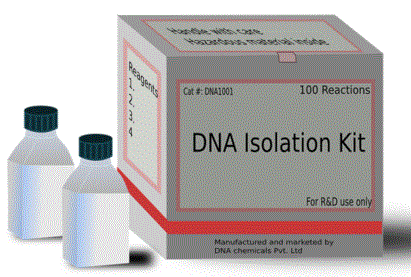
DNA retrieval after 27 and 36 years was successful in both cases, resulting in conviction. This gives us the hope that correctly preserved evidence can without doubt generate a full DNA profile in the Zodiac case, whether through saliva or skin cells in the smallest of samples.




 RSS Feed
RSS Feed

